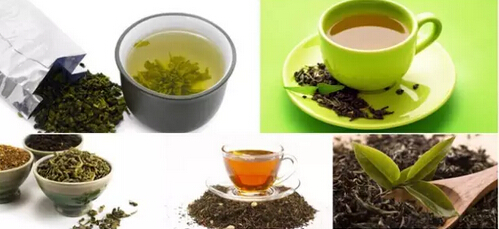
Differences Between Black Tea and Green Tea
1. Different Health Benefits
Black tea is fully fermented tea, characterized by its red broth after brewing. It has a sweet and warm nature, is rich in protein, and helps refresh the mind and relieve fatigue. The red leaves and red broth of black tea give a warm feeling. Black tea can be mixed with milk or sugar, which enhances its warming effect on the stomach. It also aids digestion and reduces greasiness, making it beneficial during winter when consuming rich foods.
Green tea retains more of the natural substances from fresh leaves. It contains over 85% of the original tea polyphenols and caffeine, about 50% of the chlorophyll, and minimal loss of vitamins, resulting in its "clear broth, green leaves, and astringent taste." Scientific research shows that the natural components preserved in green tea have certain effects on anti-aging, cancer prevention, sterilization, and inflammation reduction. Green tea also has medicinal value in lowering blood lipids and preventing arteriosclerosis.
In the hot summer, drinking bitter and cold-natured green tea is ideal for clearing heat, relieving summer heat, and detoxifying. The high content of tea polyphenols, caffeine, and amino acids in green tea stimulates oral mucosa and promotes digestive gland secretion, aiding in saliva production and making it an excellent thirst-quenching beverage for summer.
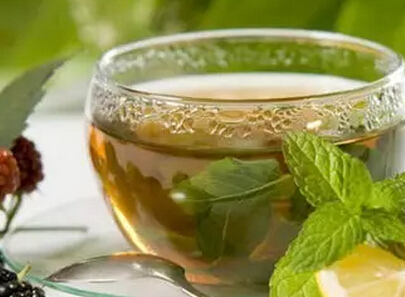
2. Different Tea Broth Colors
In the first few minutes of brewing, black tea appears light brown, while green tea broth is clear green. After more than half an hour of brewing, black tea turns brown, whereas high-quality green tea remains green. Green tea has a bright color, appearing green or dark green, while black tea is light brown or dark brown.
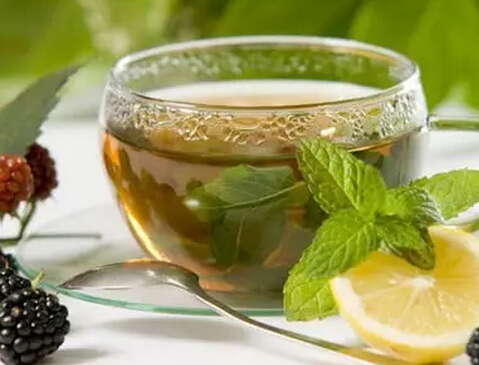
3. Different Water Temperatures for Brewing
High-quality green tea, especially tender-leafed famous green teas, is generally brewed with water at around 80°C. Water that is too hot can easily destroy vitamin C in the tea and cause caffeine to dissolve excessively, turning the broth yellow and bitter.
For brewing flower tea, black tea, and medium-to-low-grade green tea, boiling water at 90-100°C is required. If the water temperature is too low, fewer effective components in the tea will dissolve, resulting in a weak flavor.
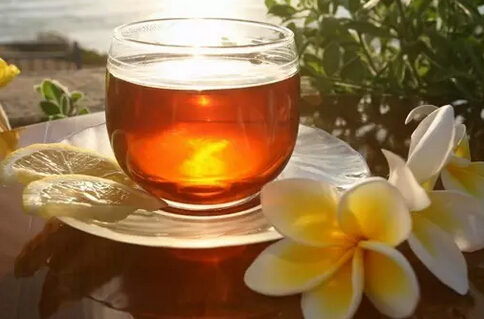
4. Different Production Processes
Black tea: Fully fermented tea with a fermentation degree of 80-90%. The production process does not involve de-enzyming but directly proceeds to withering, rolling, and complete fermentation, oxidizing the tea polyphenols into theaflavins, thus forming the unique dark red leaves and red broth of black tea.
The dry tea and brewed broth of black tea are predominantly red, hence the name "black tea." When first created, it was called "black tea." During processing, chemical reactions occur, significantly altering the chemical components of the fresh leaves. Tea polyphenols are reduced by over 90%, producing new components like theaflavins and thearubigins. The number of aromatic substances increases from over 50 in fresh leaves to more than 300. Some caffeine, catechins, and theaflavins form delicious-tasting complexes, giving black tea its characteristic red leaves, red broth, and sweet, mellow flavor.
Green tea: Tea made without any fermentation process, using fresh tea shoots as raw material. After picking, it undergoes typical processes like de-enzyming, rolling, and drying. The dry tea, brewed broth, and tea leaves are predominantly green, hence the name. It has a fresh, clean, and refreshing taste. Depending on the method, it can be further divided into pan-fired green tea (e.g., Longjing, Biluochun) and steam-fixed green tea (e.g., Japanese sencha, gyokuro). The former has a strong aroma, while the latter has a fresh greenness.
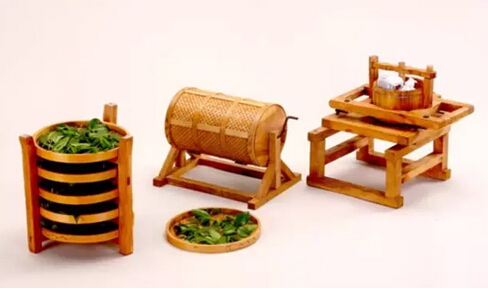
5. Different Appearances
Black tea has red leaves and red broth, a quality feature formed through fermentation. The dry tea has a dark, glossy color, with a mellow and sweet taste, and a bright red broth. Black tea includes "Congou black tea," "broken black tea," and "Souchong black tea."
Green tea is the most produced type of tea in China and belongs to the non-fermented tea category. It is characterized by green leaves and clear broth. High-quality new tea has a green, moist appearance with visible buds and a bright broth.
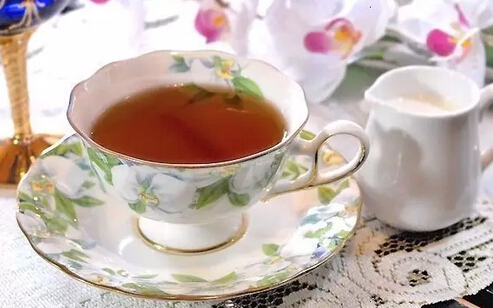
What exactly is the difference between black tea and green tea? After reading these detailed explanations, you should now have a clear understanding of the distinctions between black tea and green tea.